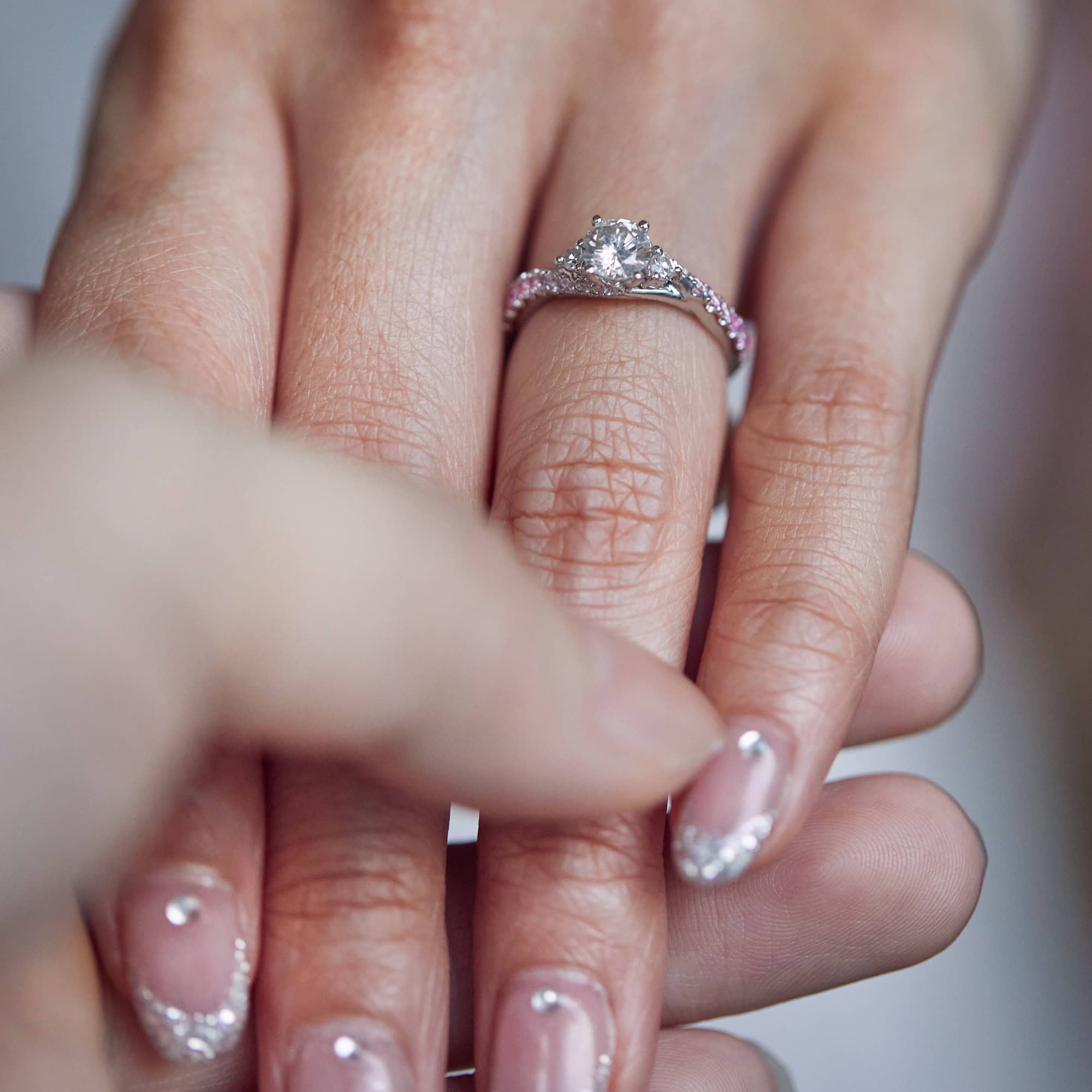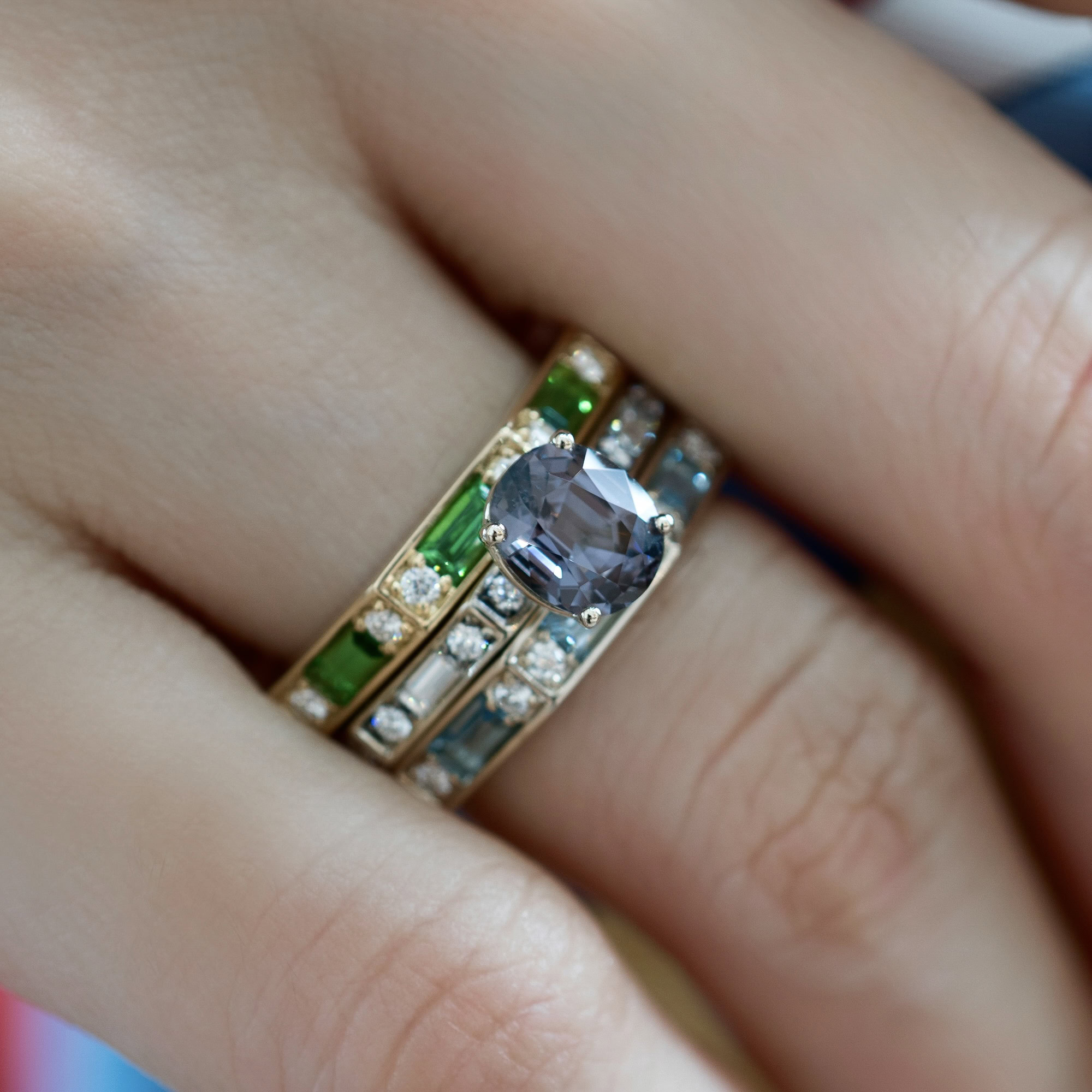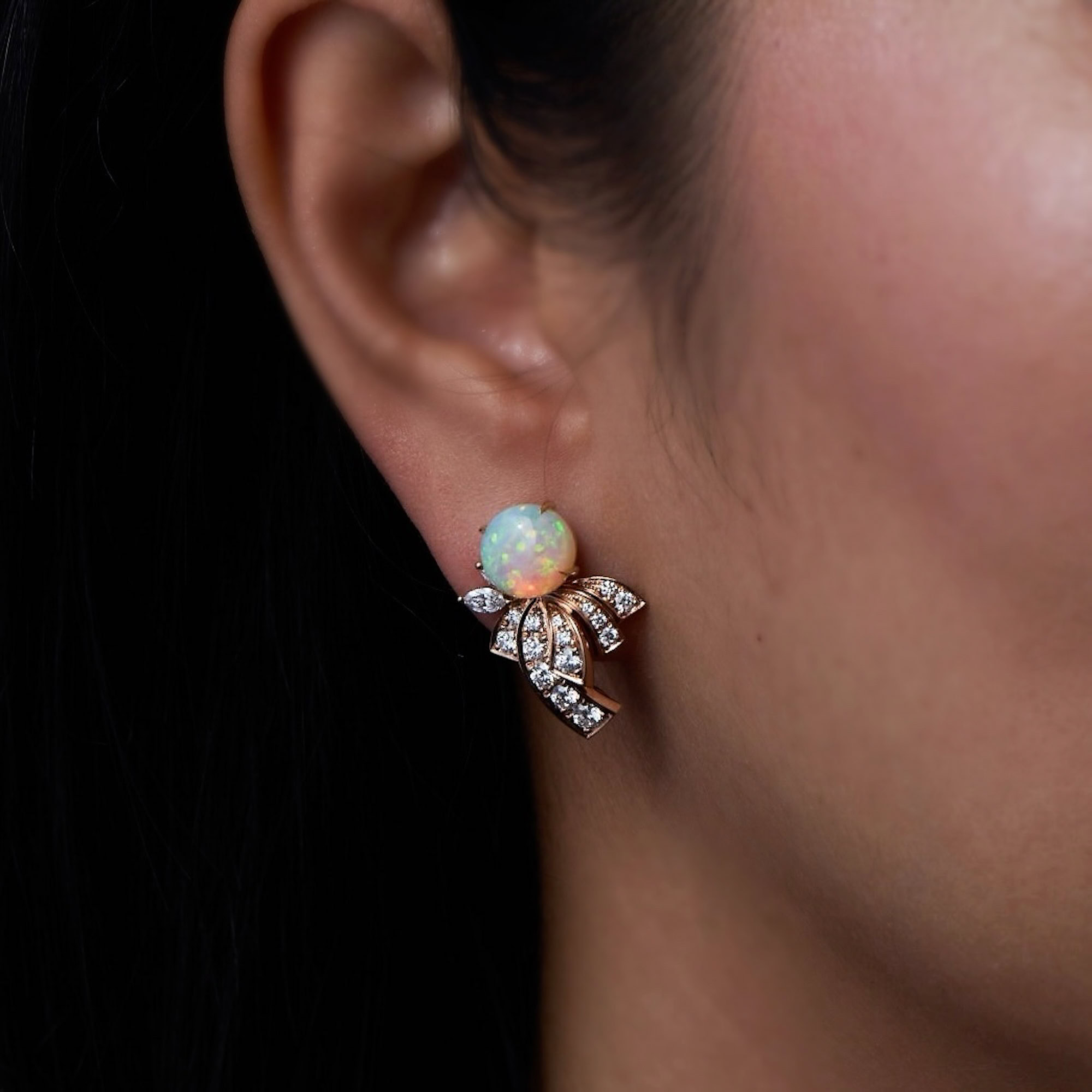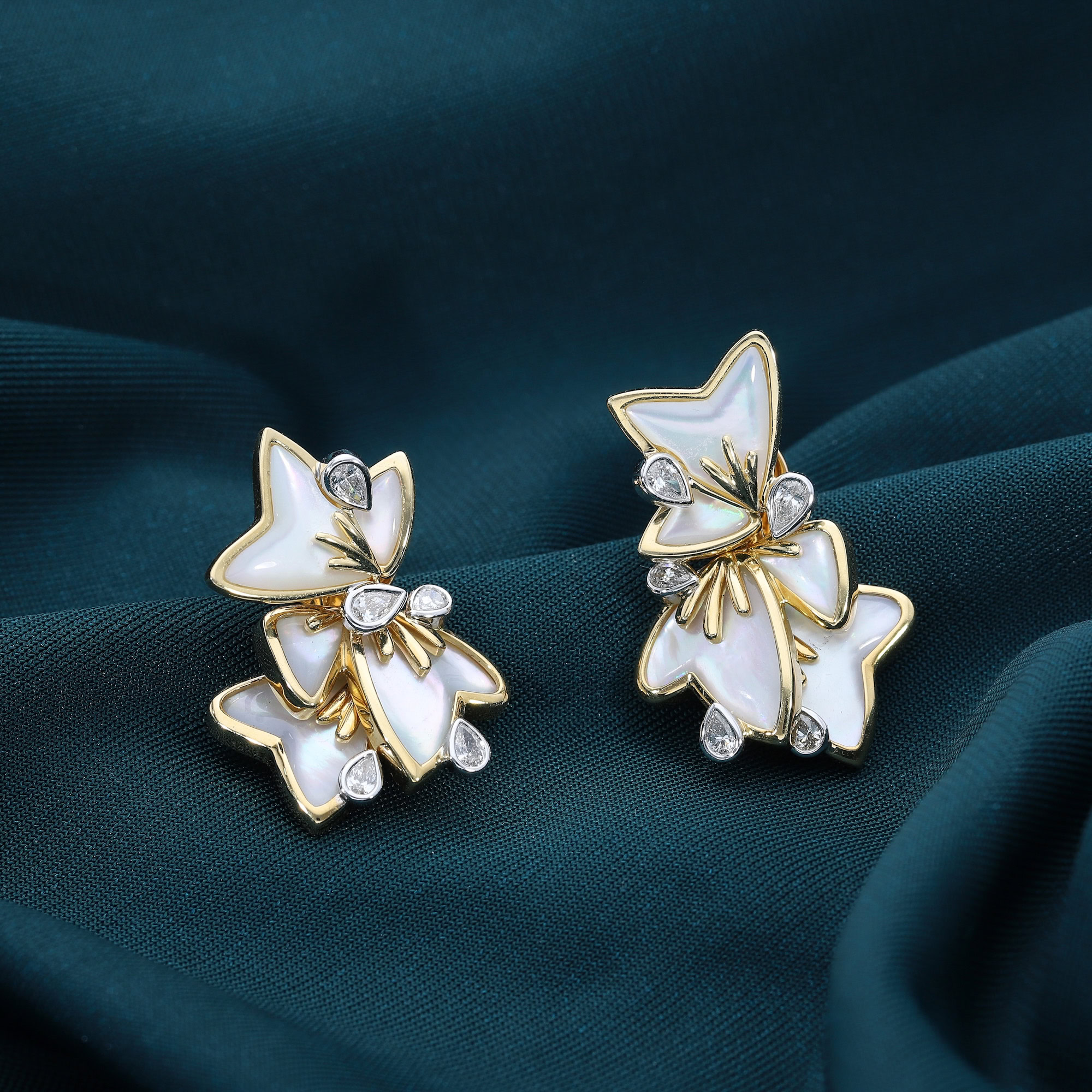Love and jewellery go hand-in-hand, so as part of our trait, we are inextricably curious and interested in learning about this topic. Shall we dive into it, then?
Be honest: have you ever had a feeling that you don’t actually understand your loved one at all? Or perhaps, that you’re somehow lacking as a son/daughter/friend? Communication might just be the saving grace to most human connection ailments. But then again. That’s just the issue. Most people struggle with finding how to properly express themselves. So, imagine if there was a factual tool to help you better navigate this department of your intellect?

That is precisely where 1992’s bestselling “The Five Love Languages” enters the chat. Written by a PhD marriage counsellor Gary Chapman, the now 30 year old system is a modern-day phenomenon. But there’s good reason! His veritable method has been the subject of much scrutiny and put to test by several authorities in the field, only to be again and again proven effective. It truly is not “rocket science”, as a matter of fact, the whole concept is quite straightforward.

There are five “Love Languages”: acts of service, quality time, words of affirmation, physical touch, and gifts. Each of them delineating an expression of, you guessed it, love. Among other things, the author claims that the five love languages can reveal how individuals primarily give and receive love in their relationships. The secret lies in uncovering which of these you and your partner better identify with, then applying that comprehension to daily life.

As time has passed and more studies surfaced, experts now agree that we likely exhibit traces of multiple, if not all, love languages in us; though we tend to unconsciously favour a primary one. So do bear this is mind as you go through the descriptions, as you may find yourself nodding your head in agreement more than once, and that’s normal.
Meet the 5 Love Languages
Words of Affirmation:
“I am proud of what you’ve accomplished“, “I believe you”, “You are a great friend”. Clear statements that make all the difference for people that fall under this category. Words of affirmation are powerful as they hold much meaning to the receiver, who is someone that highly values verbal encouragement and are much impacted by them.

Put it to practice: Try to focus on how this person makes you feel and the deeper positive thoughts they provoke on you. Now, work on vocalising it as frequently as you can with meaningful and specific comments.
Physical Touch:
It’s as simple as hand holding. Whenever you notice your partner is feeling rather anxious, for example, if they identify with this love language, then all they’re craving at that moment is a form of physical touch. This is how your presence is reassured to them and therefore, how you’ll be able to make them feel safe and cared for. This is also a pivotal part of how two individuals in any form of connection, build intimacy levels and provide the other comfort without the need for words.

Put it to practice: Whether that’s a hug given unexpectedly, or a gentle arm squeeze when they need support, look for opportunities to physically connect with your loved ones naturally and frequently.
Acts of Service:
It’s all about the “little things”. Offering to do the groceries for a neighbour that’s feeling under the weather, doing laundry for everyone in your household without being asked to, bringing coffee early in the morning for your colleagues at work. These small acts are huge for this group of individuals. These are the things that make life just a bit better, so really, if you think about it, the tiniest level of effort on your behalf can have a massive impact to someone else that you deeply care for. It’s important to pay attention to the fact that these acts of service don’t necessarily need to have been solicited of you in the first place. Oftentimes, it’s more about showing selfless generosity throughout kindness.

Put it to practice: First things first, train your demeanour to actively want to show your love to your partner in a non-verbal manner. That will aid in reassessing chores that might seem burdens at first, like doing the dishes, into expressions of love.
Gift Giving:
Gifts are a fantastic way to showcase appreciation and affection. When done the right way, that is. You see, if you truthfully put thought into what someone else might like to receive, considering his/her nature, dreams, moods, then you’re in for a win! It means the world to realise you were someone else’s object of attention for those people whose love language is gifts. But, it’s not always such a simple task to choose something that resonates with the person you’re shopping for, is it? There are a number of factors at play here, but mostly, you should aim to show them just how well you know their hearts. Apologies for being obvious, but, a bespoke piece of jewellery is simply textbook perfect!

Put it to practice: What to get the expert gift giver? Think of it as small tokens of real feelings! Listen to the little clues they drop casually. What are they in need of? What are the things that most excite them as of late? Pay attention to the details and you’re surely going to find the answers.

Quality Time:
The last one entirely revolves around spending time together. But not just any sort of time. It needs to matter, this is a key part of memory making! “Quality time” means giving your loved ones the time and attention they deserve and long for. It could be as easy as waiting for them to start watching a new show together. This slight movement on your behalf is probably going to be greatly appreciated and make them feel seen and important.
Put it to practice: When you are together, make an effort to be fully present in the moment. Maybe ditch your phone for a little bit? What you have to understand here is that for those whose love language is quality time, divided displays of attention will most definitely feel hurtful, even if not a big deal to you in particular. Try to start a shared passion or hobby together, something that is easy enough to incorporate in your routines.

At the end of the day, you should be looking at this knowledge as a resource that is incredibly useful for making sure that your partner feels seen and appreciated. It all goes back to ways of paying attention!




